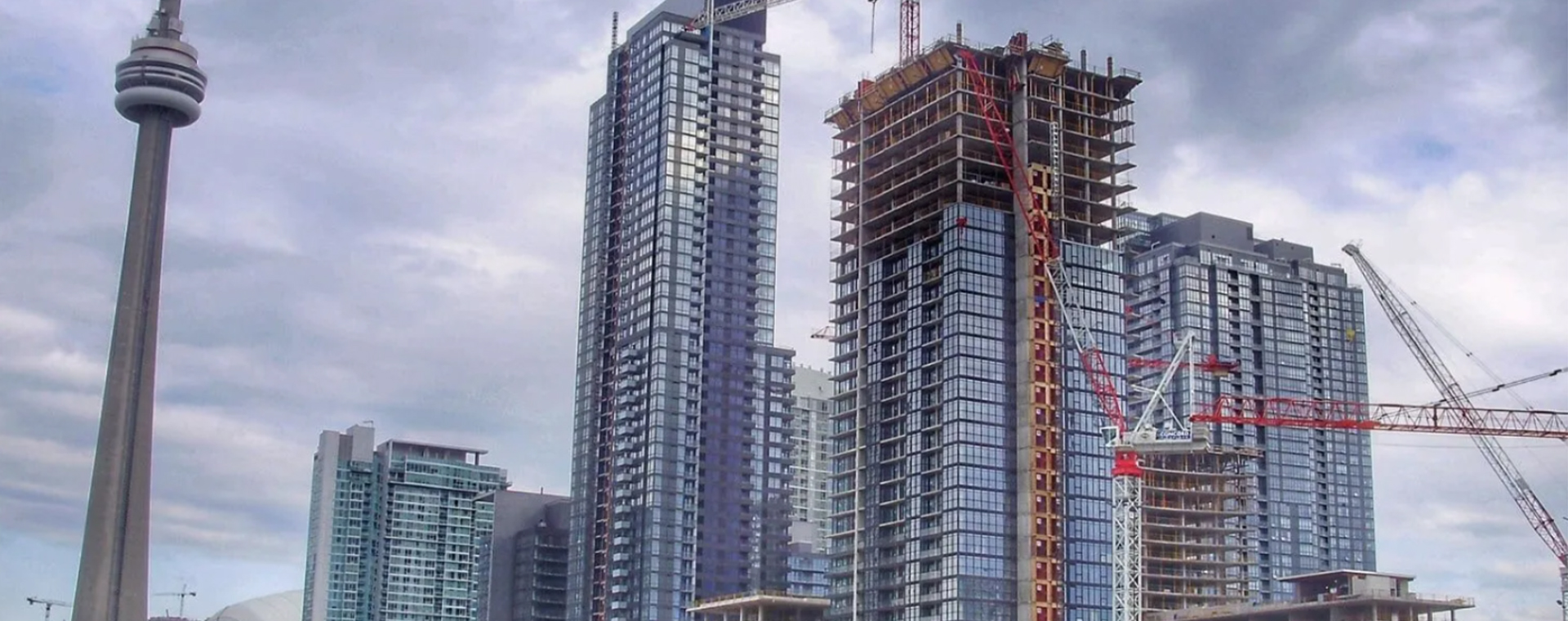
Beginning in the fourth quarter of 2022, AVESDO will be mining data processed this year by systems that process thousands of domestic transactions annually.
The first quarter of 2022 is off to a strong start after a sharp decline in 2021 absorbed a third of annual sales in the final quarter. Developers are putting thousands of new homes on the market. +250% more new units available in QoQ and YoY systems. They had the highest absorption rate in Canada, absorbing an average +67% of inventory within 30 days of release (compared to the normal pre-sale requirement of 60% within 9-12 months). hand). Her success was unprecedented.
We've also seen older strains (expensive and less desirable strains) from previous launches sucked into the high absorption frenzy. Inflation rose sharply through the fourth quarter of 2021 and spiked in the first quarter of 2022, ending the fourth quarter at 6.7%, 2% higher than the fall market. The Bank of Canada will not raise interest rates from its historically low 0.25% overnight rate until March and then gradually raise them. In our system, he saw double-digit price increases from Q4 to Q1, up 20% year over year.
This was the peak of the market.
Comes with an inflation steam roller. Two rate hikes in his first two weeks of the quarter. Ongoing war between Russia and Ukraine. A full-blown attack on the market described by the Bank of Canada and the media has put the new housing industry into recession mode through the second quarter of 2022. April sales volume in our system was down slightly month-over-month and year-over-year. Launch numbers were significantly down from Q1 pace, but consistent with 2021. Adsorption rates have plummeted and only a handful of all projects launched nationwide through our system since May 1 have sold over 60%.
In the summer, a typical project launch hit less than half of his 2021 sales, and the developer said he had more than 28 projects delayed or postponed to the fall (or 2023). I took a look.
Now, a month after the fall launch, only his one-third of projects have a start date, resulting in 50 of his homes launching year over year. Inventory is increasing and four times as many units as 2021 are set to launch in October...we'll see how many are actually released. 5,000 not included.This figure reflects the continued demand for housing farther from the center and the dramatic increase in the cost of building new multifamily units, so the price differential is only slightly offset by local land prices. I think it reflects both.
Additionally, most of our system inventory is pre-sold. If you search for the price of homes that were sold more than 3 years ago (normal building season) and not yet closed, in most areas the same neighborhoods are trading up to $300 higher. Even on the downside, we are unlikely to see much closing risk. In a tight mortgage market, most buyers' loan-to-value (LTV) calculations are based on rental income (which has risen sharply). In addition, you will benefit from post-purchase shares.